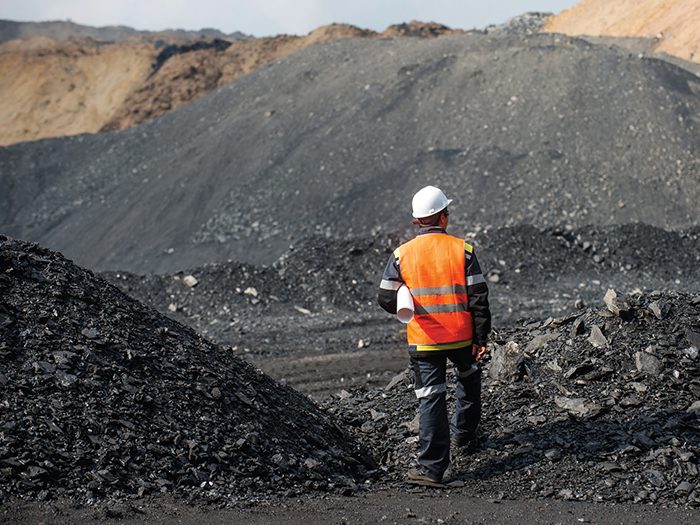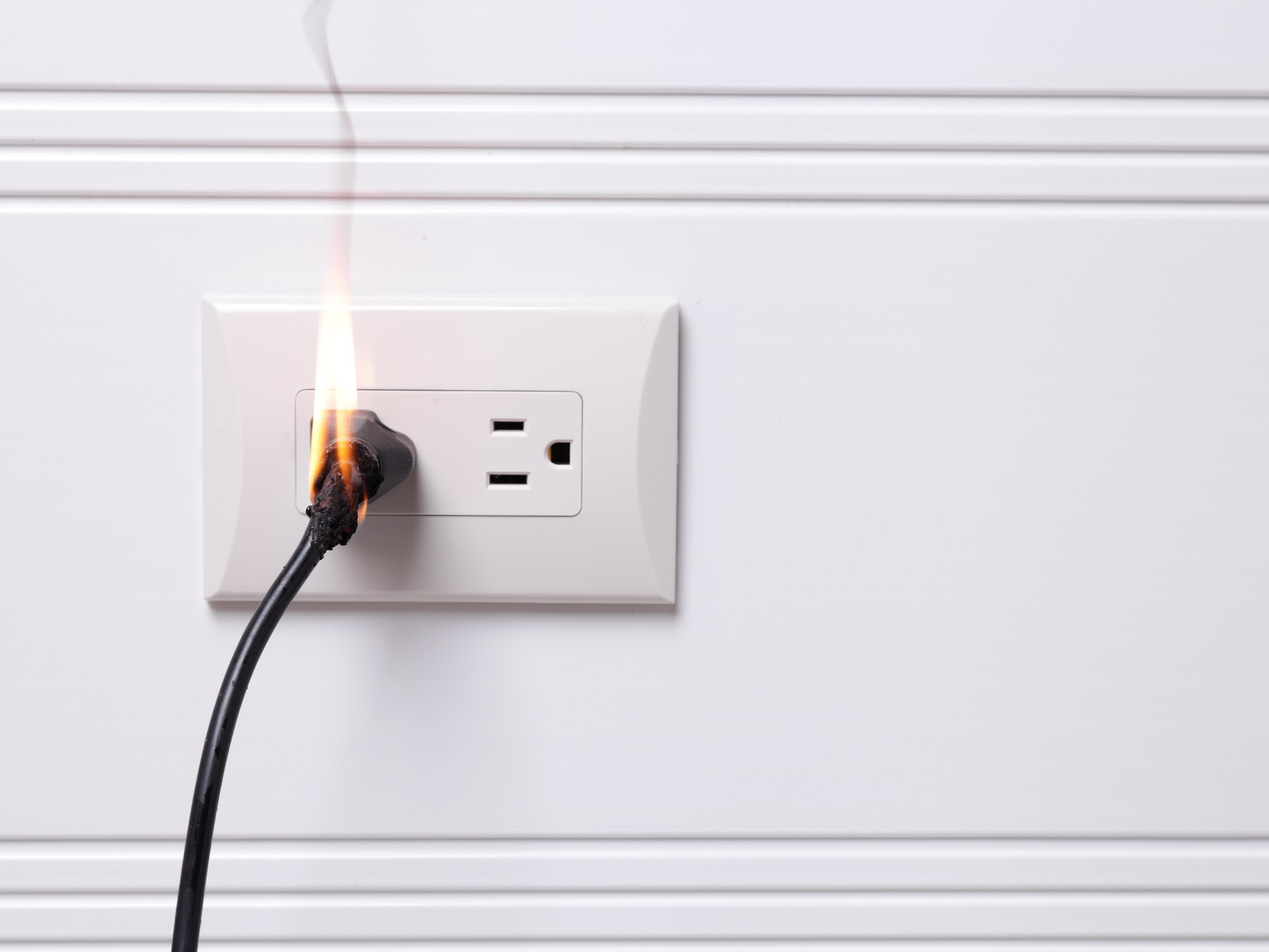Environmental Risk
Self-Bonding Shortcomings

Waves of bankruptcies convulsing the coal industry in the United States leave billions of dollars in mine remediation costs potentially unfunded, and raise ominous questions for both tactical insurance and strategic risk management.
Dozens of coal companies are in court-supervised reorganization or liquidation, some of them for the second time in just a few years.
Many had taken advantage of the Surface Mining Control and Reclamation Act of 1977, or SMCRA, a federal law that allowed self-bonding in lieu of surety bonds, dedicated cash reserves or other provisions for environmental obligations.
Self-bonds are legally binding corporate promises without separate surety or collateral, available only to entities that meet certain financial tests.
In response to the volatility in the coal industry and recent bankruptcies, the Office of Surface Mining Reclamation and Enforcement (OSMRE), part of the Department of the Interior, sought public comment in response to a petition from WildEarth Guardians asking the office to consider restricting or eliminating self-bonding.
Specifically, the group wants to prevent coal companies with a history of financial insolvency, and their subsidiaries, from using “self-bonding” as a means to ensure disturbed lands are restored after mining operations are completed.
VIDEO: There are many challenges when working to remediate abandoned mines.
OSMRE received more than 117,000 comments on the petition to restrict or eliminate self-bonding, and announced on Aug. 16 that it would begin the rulemaking process to “strengthen regulations on self-bonding to help ensure that companies are financially able to restore lands disturbed by coal mining when extraction operations are completed.”
“The U.S. coal market is dramatically different from when our self-bonding regulations were last updated 30 years ago,” said OSMRE Director Joe Pizarchik.
“This is a turbulent time of energy transformation in our country, of declining use of coal and increased use of cheaper natural gas and renewable energy. These conditions have exposed the limitations of the current self-bonding rule and we have a responsibility to protect the public’s interest by keeping up with these changes.”
Requests for public comment on similar initiatives are underway in several states for mines under their jurisdiction; states where taxpayers could be on the hook for cleanup costs for busted mines if bankruptcy courts do not set those funds high enough in the hierarchy of expenses to be paid.
Regulatory Efforts
Within the broader economic and social dislocation in the near-collapse of a major industry, there are two key questions for insurance markets and risk managers.
On the commercial side, will the surety and broader insurance markets have the capacity and the willingness to underwrite billions in new coverage for an industry with a notorious past and a checkered future?

Tom Sanzillo, director, Institute for Energy Economics & Financial Analysis
In risk management, there is a larger question of whether the 1977 self-bonding provisions were flawed from the start, or whether they were functional until overwhelmed by the tsunami of corporate failures in recent years.
“We know that there are many companies that rely on the surety bond market for meeting their compliance obligations,” said Tom Sanzillo, director of the Institute for Energy Economics & Financial Analysis (IEEFA), based in Cleveland.
“We imagine that would expand significantly if there were new regulations that restricted or even eliminated self-bonding for coal companies.”
In response to an inquiry from R&I, an OSMRE representative stressed that, “self-bonding remains a legal option sanctioned by [SMCRA] as a means that a qualified company can guarantee reclamation. There are cases in which self-bonding guarantees have been replaced by surety and collateral bonds.
“In addition, it is important to note that no operator currently in operation with self-bonds has ceased operations and forfeited on the bonded obligations. OSMRE stands committed to ensuring that mine operators will be held accountable to complete the legally required reclamation when or if they complete mining operations.”
The forthcoming rulemaking process is intended to modify “self-bonding eligibility standards, including for parent and other corporate guarantors, to include criteria that are more forward looking, instead of only focusing narrowly on past performance.”
It also will require an independent third-party financial review of self-bonded entities, establish the percentage of self-bonds supported by collateral and provide regulatory authorities with better tools to obtain replacement bonds when a self-bonding entity no longer meets the eligibility criteria.
However, federal rulemaking, even the simplest, is a long and complex effort. Congress can also amend SMCRA to modify the bonding system.
“What we have here is a [self-bonding] system that is flawed in many respects, and the industry’s decline exposes those flaws graphically,” Sanzillo said.
“When I saw the OSMRE statement expressing concern about possible collusion between state regulators and coal companies,” he said, “I nodded, because we did an initial study on the self-bonding program in Texas several years ago and found that it was completely inadequate,” he said.
State-Level Changes
In addition to West Virginia, Texas recently became one of the states that intervened in bankruptcy proceedings pressing for full funding of remediation costs.
In Texas, the IEEFA findings were submitted to the state Railroad Commission, which has jurisdiction over coal mining, and the legislature.
“We had a robust discussion,” said Sanzillo, “and they took some diligent action, including requesting $1 billion in notes from one debtor-in-possession financing.”
OSMRE added that the State of Texas successfully navigated the problems associated with self-bonding, through its actions with respect to Luminant, the largest electricity producer in Texas, in 2011-2012.

Ted O’Brien, CEO, Doyle Trading Consultants
The Railroad Commission, the state attorney general’s office, and the operator devised a way to have Luminant replace several hundred million dollars in self-bonds with collateral bonds when the company declared bankruptcy.
In a recent large bankruptcy case involving Alpha Natural Resources, “the West Virginia Department of Environmental Protection has been very vocal that the $1.1 billion in remediation costs have got to be addressed in the reorganization plan,” said Ted O’Brien, CEO of Doyle Trading Consultants, a coal-industry advisory.
Reorganized as Contura Energy Inc., the producer will contribute up to $100 million to help Alpha’s ongoing reclamation activities, according to published reports.
“What this down market is revealing is that there is far more coal being claimed as reserves than is economically available for mining. Insurance companies should ask if the valuations that are being reported to them are valid,” Sanzillo said.
“Any insurer looking into coal as a new market may get some pushback from other stakeholders,” said O’Brien, “but there has always been a market for surety, if you have someone willing to get their hands dirty. Coal is not going away. ” &










